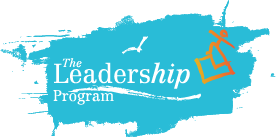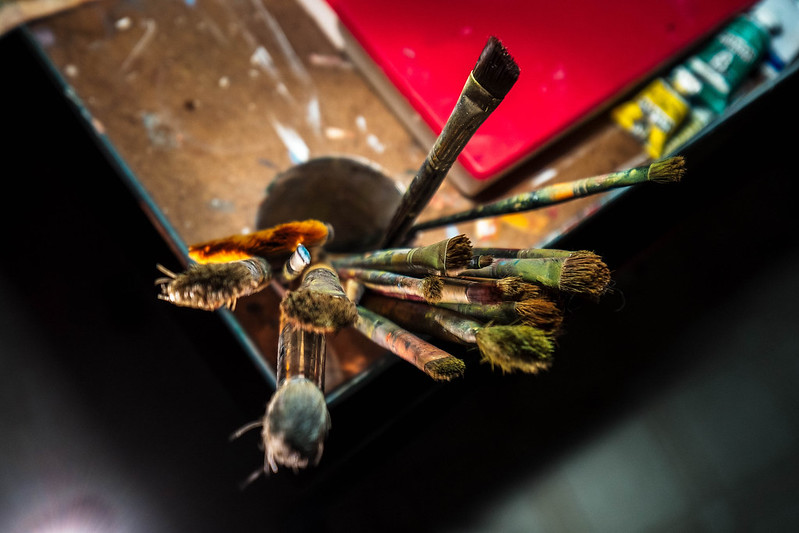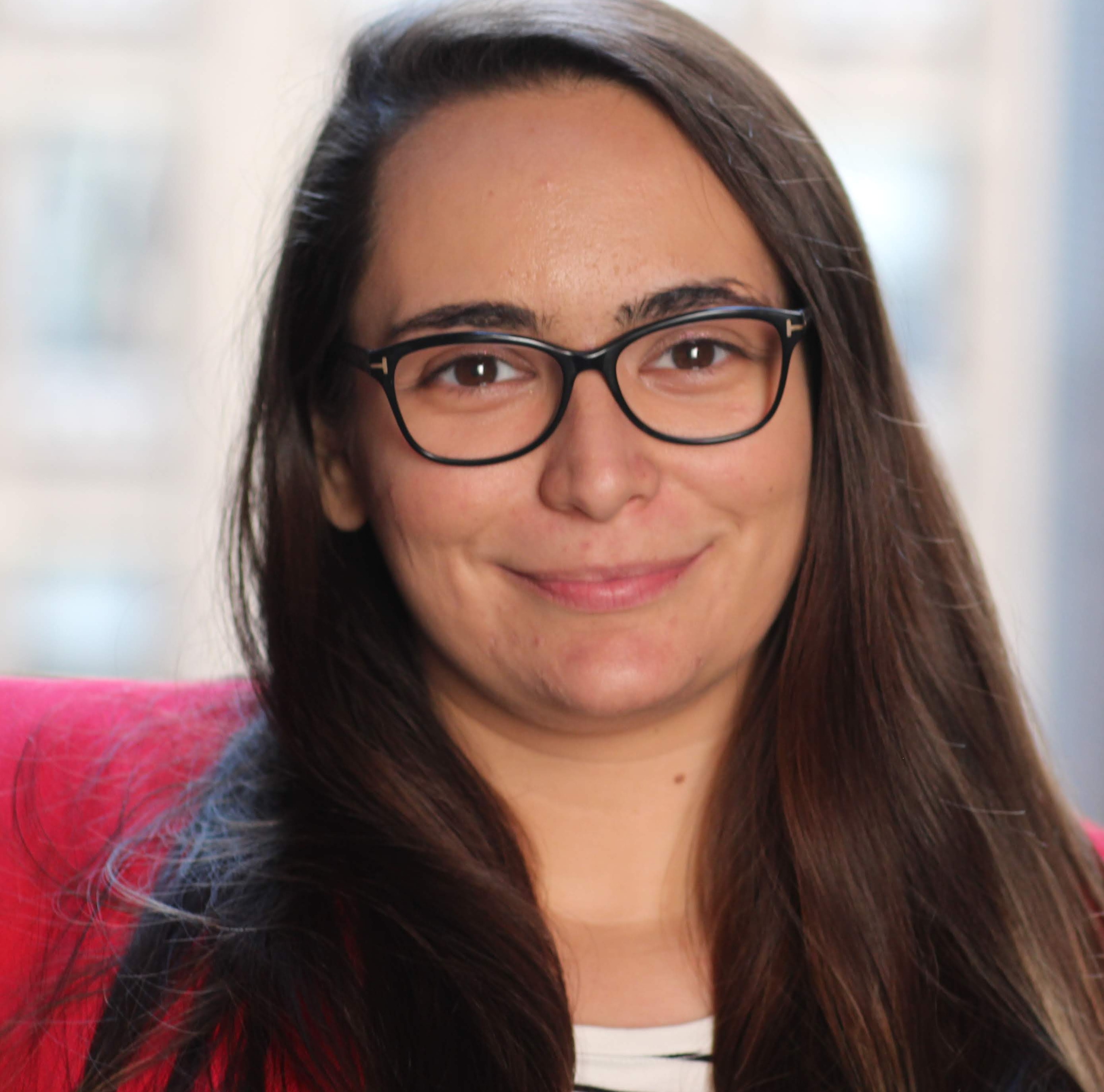When was the last time you were brimming in creativity? When a spark ignited in your brain, resonated with your heart, and compelled you to create? When you had a thought, or feeling, and made something tangible? Maybe it’s something you shared with others, or perhaps it was only meant for yourself.
Whatever the intention for your creativity, you followed through with that initial spark. The ignition enveloped you with a tremendous sense of accomplishment.
How do we do it again? And on cue?
As I get older, I often find myself in uncreative slumps. I get caught up in the day to day responsibilities. Even when an idea strikes, I don’t fan the embers, and the spark goes out. I’m left wondering if it will ever come back. If it does, will I be able to act next time?
I’m always inspired by how students use their imagination to generate endless ideas. Their creativity ebbs and flows into whatever they set their minds to – from drawing to telling a story to dancing to role playing – they do it with great confidence.
What happens to our creativity as we get older?
To satiate my curiosity, I took to the internet and came across George Land’s TED talk. Land and Beth Jarman were tasked to create a test that would identify the most innovative scientists and engineers to work for NASA. As a result, Land created a creativity test that proved successful. In 1968, he decided to apply the same creativity test to 1,600 children between the ages of 4 and 5.
They retested the same children when they were 10 years old and then again at 15 years old. My mouth dropped when I saw the results for those who scored at the “Genius Category” in each age group:
- amongst 5 year olds: 98%
- amongst 10 year olds: 30%
- amongst 15 year olds: 12%
- Same test given to 280,000 adults (average age of 31): 2%
The drop in creativity is mind boggling. Land explains that the reason for this decline involves two types of thinking processes:
- Convergent thinking (logic): is the process of figuring out the most effective answer to a problem. Its characteristics include speed, accuracy, and logic.
- Divergent thinking (imagination): is the process of thinking that explores multiple possible solutions in order to generate creative ideas. Its characteristics include spontaneous, free-flowing, non-linear thoughts.
Land notes that when we educate our children to use both kinds of thinking at the same time, “neurons are fighting each other and actually diminishing the power of the brain”. Stunted creativity is the result.
The skills developed within both types of thinking processes are critical for our students' growth. And it's crucial as teachers, facilitators, and caregivers to design opportunities for our youth to focus entirely one on or the other. And when we are talking about nurturing and encouraging creativity, we must create spaces where they can completely focus on divergent thinking. To create spaces that empower and embolden each unique voice. To allow students to dream big, explore, be curious, and question everything around them.
In turn, we will have the honor of having youth reignite our own creativity. We can learn from students and gain back the 98% of creative prowess we lost on the way to adulthood.
**
To re-ignite your own creativity, and enhance your leadership skill-building, please join us for any of our upcoming free virtual webinars. For the schedule and registration details, visit us here: https://www.tlpnyc.com/free-workshops





Comments [0]
Click here to read/write comments